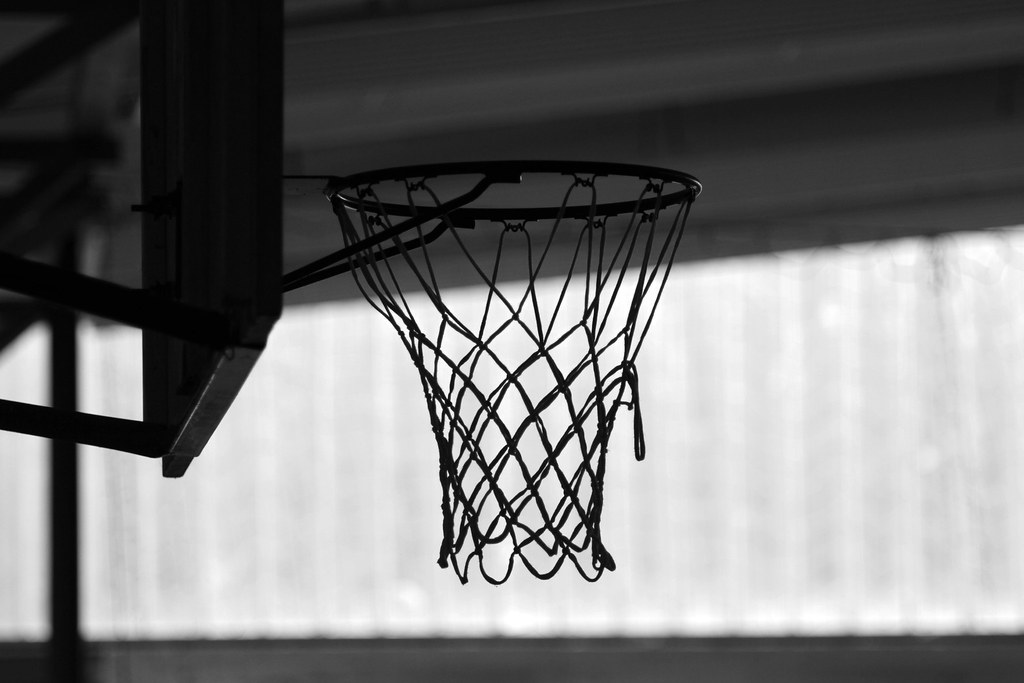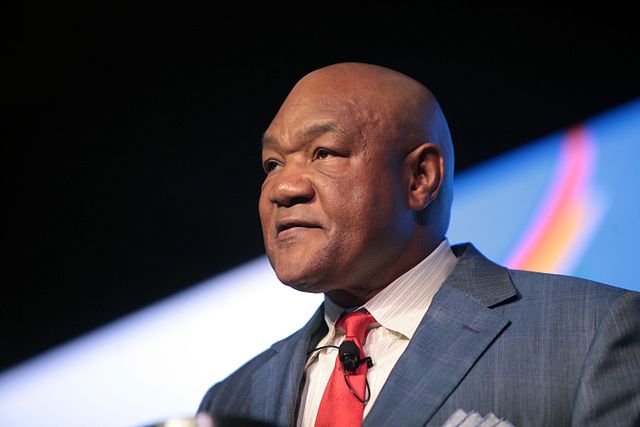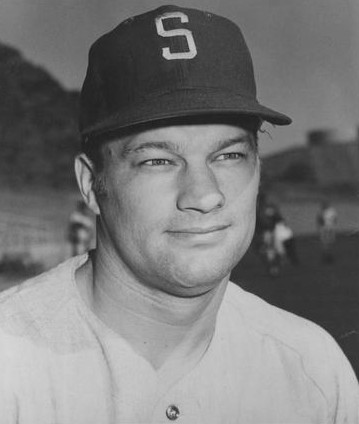Basketball Euroleague – the tournament that raised the level of the game in Europe
When and how the strongest race on the Old Continent was created
In recent years, European basketball has developed at a rapid pace. It is clear that it is unlikely to ever reach, or at least come close to, the level of the National Basketball Association, but the Euroleague is a tournament that shows us that the game in Europe can be classy, intriguing and exciting more and more people not only on the Old Continent, and all over the world.
But when and why did the basketball Euroleague come into being? A question whose answer we can find if we go back in history and not so far back in time.
On July 25, 1991 in Rome, the professional basketball leagues of Italy, France and Spain create the ULEB (Union of European Basketball Leagues). In November of the following year, Madrid hosts a weekend of stars from the Spanish and Italian leagues, and a year later this event is repeated in Rome with over 10,000 fans. In 1994, France joined the All-Star weekend, and Greece joined 2 years later. Subsequently, at the end of the 90s, more European leagues such as the British, Belgian and Swiss leagues joined the ULEB. However, the date June 9, 2000 is key to the emergence of the Euroleague. Then the most important clubs in Europe and ULEB meet in the small Catalan town of Sitges and create a new competition called the Euroleague. Until that moment, FIBA led the best competition for club teams in Europe, but everything changed and on October 16th of the same year, Real Madrid and Olympiakos started the competition known today. The match is played in the Spanish capital.
The idea of the Euroleague is that some of the best clubs in Europe want to unite to create a new model of pan-European competition under a private organizational model, which is considered a breakthrough in European professional teams. Something we can compare to the attempt to create a Super League in football in the spring of 2021. Very quickly, the Euroleague attracted powerful sponsors and became popular, offering viewers a real basketball show.
The second season of the competition offered us the Final Four model that is still familiar today, and in the following years the competition underwent a number of developments which lead to the participation of 18 teams to date.
Currently, there is also a second most powerful competition - basketball Eurocup, in which 20 teams play. The winner of this tournament gets the opportunity to participate in the Euroleague.
Television rights, viewer interest and battles between the best teams in Europe are the reason why EuroLeague basketball is the second best competition in this sport worldwide.
The fact remains controversial that the teams do not enter the two competitions through a purely sporting path, but, as the fans define them - these are the tournaments of the rich.




